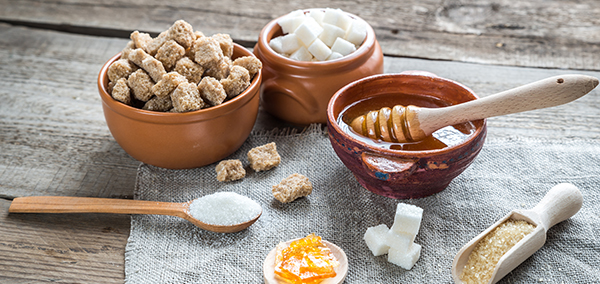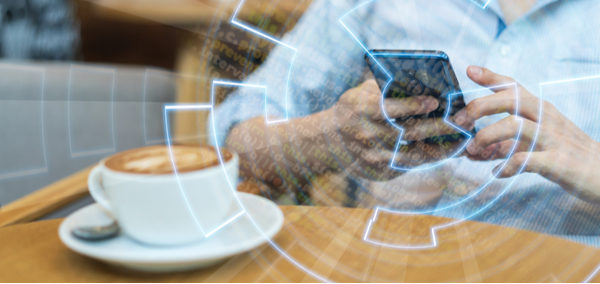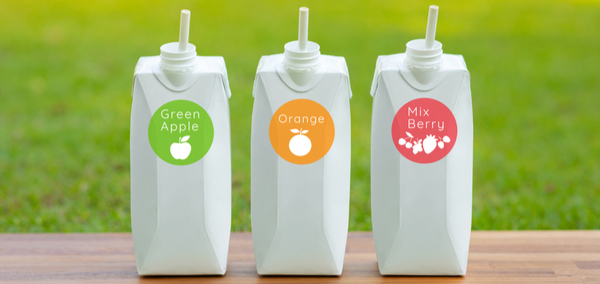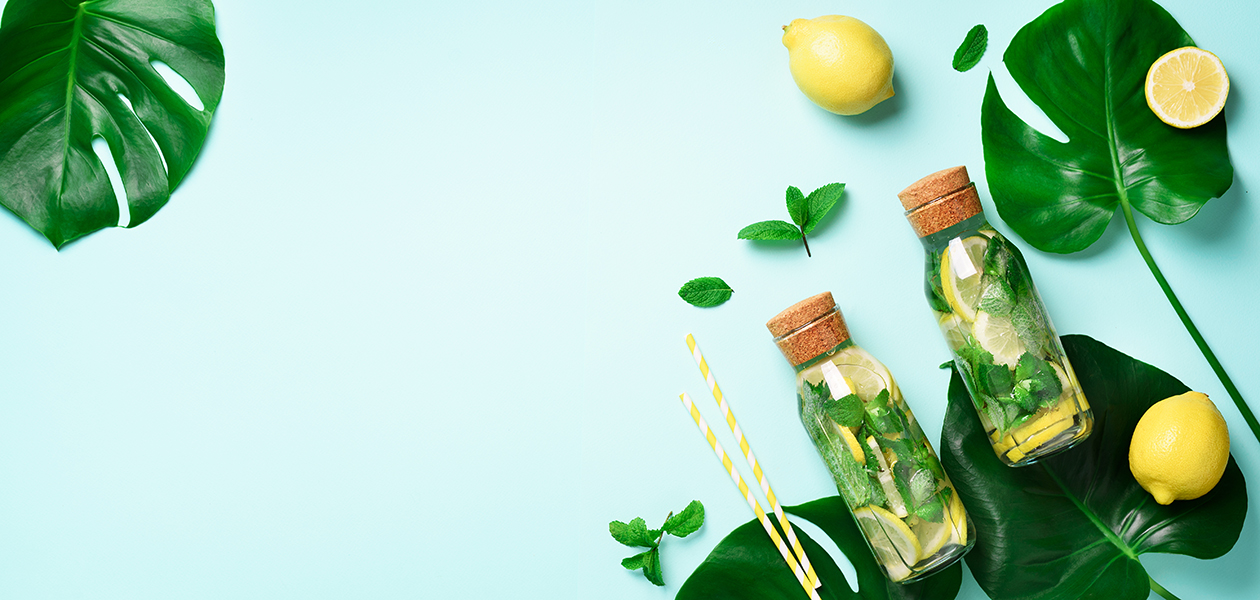Filling Our Cups for the Future
Do you have an idea to change the global beverage industry? Apply to the Future of Beverages’ Open Innovation Call and turn your ideas into reality.
Water is essential for life, but people have been finding different ways to stay hydrated and enhance the taste of water since the dawn of mankind. Tea was supposedly discovered in 2732 B.C. while beer goes back even further into the mists of time, with evidence that people began brewing some 13,000 years ago.
And we have not stopped coming up with new drinks since. Today, beverages are a multi-billion dollar industry and technology has become a key driver in shaping the choices available to consumers. In partnership with a global beverage company, IPI has launched the Open Innovation Platform for the Future of Beverages to seek technological solutions to some of the industry’s most pressing problems. Innovators worldwide are invited to address industry challenges across six categories and co-create new products in line with changing consumer demand.

Seeking Sweet Solutions
These days, consumers no longer simply eat and drink to live. Greater awareness has led to a surge in concerns about the effects of diet on both personal health as well as the health of the planet. In line with this trend, there has been a strong emphasis on reducing the sugar content of beverages, particularly those marketed for children.
In the current landscape, artificial sweeteners such as aspartame and natural options like stevia are being used as sucrose replacements. Yet, they are far from ideal solutions, with neither fully replicating the experience that sucrose offers.
Known as a high-intensity sweetener, stevia is 200 times as sweet as sugar, has zero calories and demonstrates no significant effect on blood sugar levels. While stevia can deliver on sweetness, it fails to replicate other attributes of sugar such as its mouthfeel or texture. Its efficiency also varies according to the product it is used in. Meanwhile, the artificial sweetener aspartame has fallen into public disfavour owing to prior concerns about its safety, despite confirmation that it is safe for public consumption.
In this call for proposals under the ingredient innovation theme, the Future of Beverages is looking for ways to reduce sugar content in beverages by replacing it with sugar alternatives that are healthier while offering the same sweetness experience as sugar.

Drinking Up the Data
While ingredients might seem to be the key focus area for beverages, no company can afford to ignore digital transformation and Artificial Intelligence. With the help of machine learning, beverage industry players can understand customer preferences in a way that was not previously possible. For example, sentiment analysis, which uses natural language processing and data analysis to categorise language, can help companies understand customer emotions expressed on social media.
In the wake of a new product launch, customer responses on social media can make or break a brand. However, monitoring potentially millions of comments across multiple digital platforms can quickly overwhelm manpower resources, necessitating an automated solution for this process.
To help it keep on top of consumer sentiment, the Future of Beverages is seeking a cost-effective monitoring tool that will allow it to identify and quickly respond to the most important customer comments. Ideally, the tool should allow users to filter out feedback based on keywords, and automatically generate clear and timely reports to keep managers updated on the responses to their new products.

An Eye for Design
In today’s competitive fast-moving consumer goods and retail industry, packaging plays a critical role in the success of a product. Strong product design can help beverage brands stand out from the hundreds of options available to shoppers at a typical supermarket or grocery store. Furthermore, packaging affects the shelf-life of the product and the weight of the material used contributes to shipping and storage costs.
Currently, packaging like bottles and cans are designed with the help of computer-assisted design (CAD), which help designers visualise their ideas in three dimensions (3D). However, existing CAD systems are difficult to use and inflexible, which hamper the creative process. Building a complete CAD model is also time consuming, which prevents designers from making changes on the fly.
That is why the Future of Beverages has put out a call for a more intuitive and efficient way of designing beverage packages. The ideal solution, possibly something involving virtual or augmented reality, should allow designers to automatically assess their 3D designs and turn their renderings into technical specifications for manufacturing.
The beverage industry presents both challenges and opportunities; but embracing open innovation through the Future of Beverages’ Innovation Call can make the cup look half full rather than half empty.

